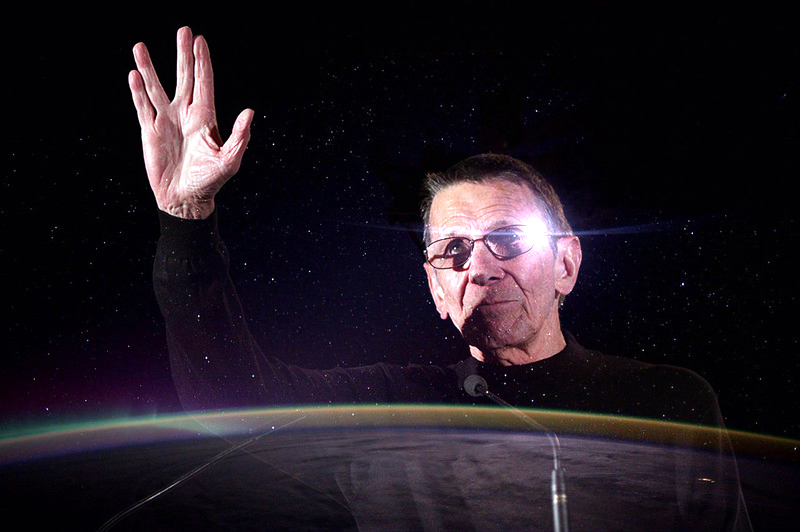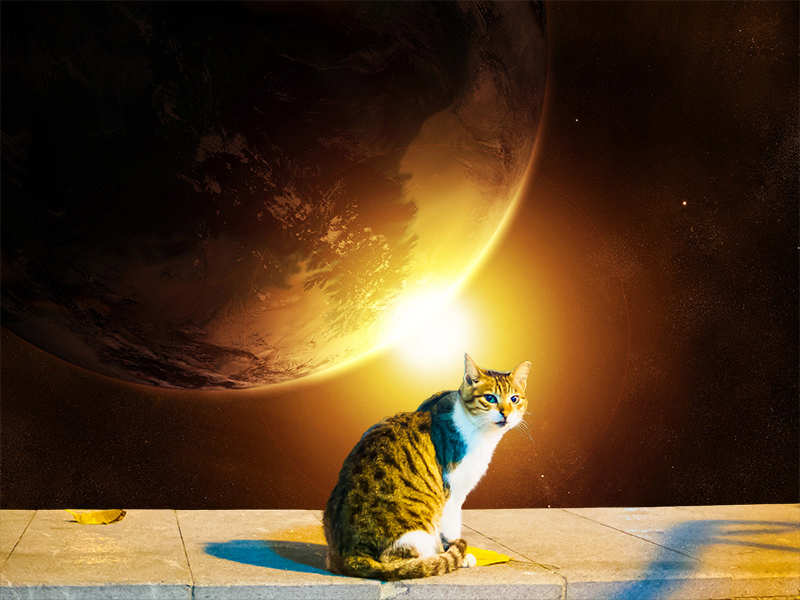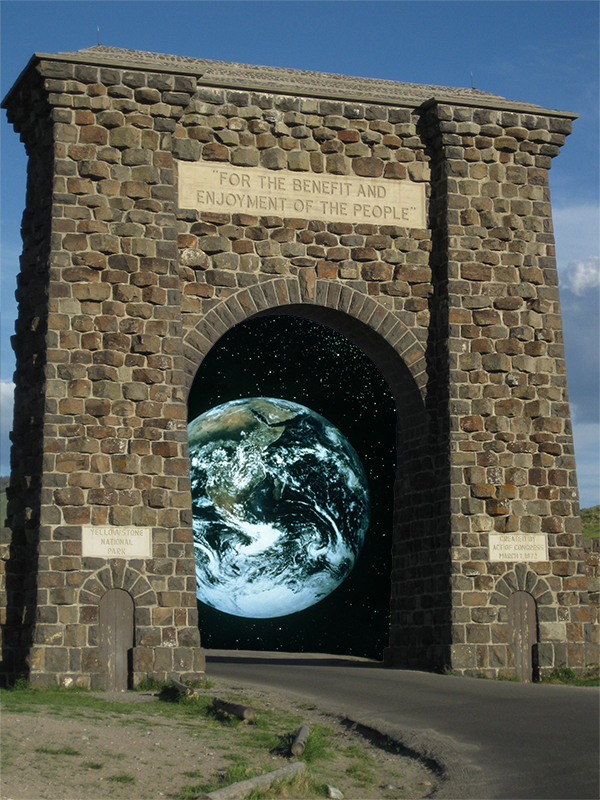Space Pirate Queen Emeraldas
Movie Poster
The assignment for this lab was to make a poster, with the minimum requirements of one photo, two vector
shapes, and two text blocks.
The specific requirements were that it needed to be in a standard poster aspect ratio at 72 px/in, one
text block with a style, one text block on a curved path, three filters on an object, and one smart
filter.
Exact details on how I applied everything is in the Detailed Steps
section.
After coming across the space pirate woman painting while searching for images I decided to go with a movie poster, with a standard movie poster aspect ratio of 1.5:1 (40 x 27 in). The painting reminded me of the manga series Queen Emeraldas, with Emeraldas wielding the infamous Cosmo Dragoon gun, so I chose to do a live-action adaptation of the manga, produced in the 1980s to fit with the style of the painting, which was a popular style for movie posters at that time.
I took heavy inspiration from the movie poster for Flash Gordon, following a similar aesthetic with the colors and layout, particularly with the border. I also took inspiration from Conan the Barbarian for the general look.
I chose orange and red for the border as that's the secondary color palette of the painting, with the woman's red hair and cape contrasted against the primary color palette of the blues of outer space behind her. It goes top-to-bottom from orange to red as orange pops more and the viewer's eye is drawn to the orange first, and it mimics the direction of the woman's colors, with brighter orange hair flowing down towards a darker red cape.
I went with an angled protrusion at the top of the border not just to do something similar to Flash Gordon and make the image more visually appealing, but to also add space for the "Space Pirate" text, as well as to mimic the shape common on Sega Genesis game box art. I also needed two vector shapes per the assignment's requirements.
For the font style of "Queen Emeraldas" I chose a font called "Boldness Race" as that was the most similar font I could find to the one used on the English manga covers.
The metallic font style is directly inspired by the original Transformers font, but more broadly inspired by other metallic fonts prevalent in the '80s (such as the Heavy Metal magazine or Metallica's Ride the Lightning). This is where I used most of the styles and filters.
The neon cursive font style doesn't have a direct inspiration, but is another visual cliche of the '80s (such as with Road House). I made it orange to match the border and to draw attention to it first, and placed it on a curved path since it didn't make sense to place a curve on any other text in the composition. The curve also "pushes" downwards, further drawing the viewer's eye top-to-bottom, and matches similarly to the curvature of the planet.
Instead of placing the title at the bottom, like with Flash Gordon and Conan the Barbarian, I placed the title at the top of the poster; to frame it within the planet, not leave excess negative space, and to pull the viewer's eye from the top to the bottom. It also helped the airbrush effect of the metallic and neon text to look more natural.
For the visuals of the credits I just replicated a similar style to the Flash Gordon poster.
For the name choices: I chose 20th Century Fox because they distributed Star Wars and
Conan the Barbarian; Dino De Laurentiis because he produced Flash Gordon and Conan
the Barbarian, as well as Barbarella; John Boorman because he directed
Zardoz; David Odell because he wrote Masters of the Universe and Supergirl;
Richard Edlund because he did the effects for Star Wars and Masters of the Universe;
and Buzz Fetishans because he co-produced Conan the Barbarian with Dino De Laurentiis. Ennio
Morricone is most well known for composing spaghetti western scores like The Good, the Bad, and the
Ugly, but I chose him because he also did the score for Red Sonja. I chose Kim
Basinger for the role of Emeraldas
solely because that's who the woman in the painting looks like to me, and she was popular in the '80s. I
chose Danny DeVito because there was objectively no other choice for the role of Emeraldas' stocky
husband Tochiro. I chose Sean Astin for
the role of the young stowaway Hiroshi
because he was an iconic child actor of the '80s, starring in The Goonies. And I chose
Blythe Danner for the role of the immortal Queen Promethium of the Machine Empire, because she was the lead in
Futureworld.









